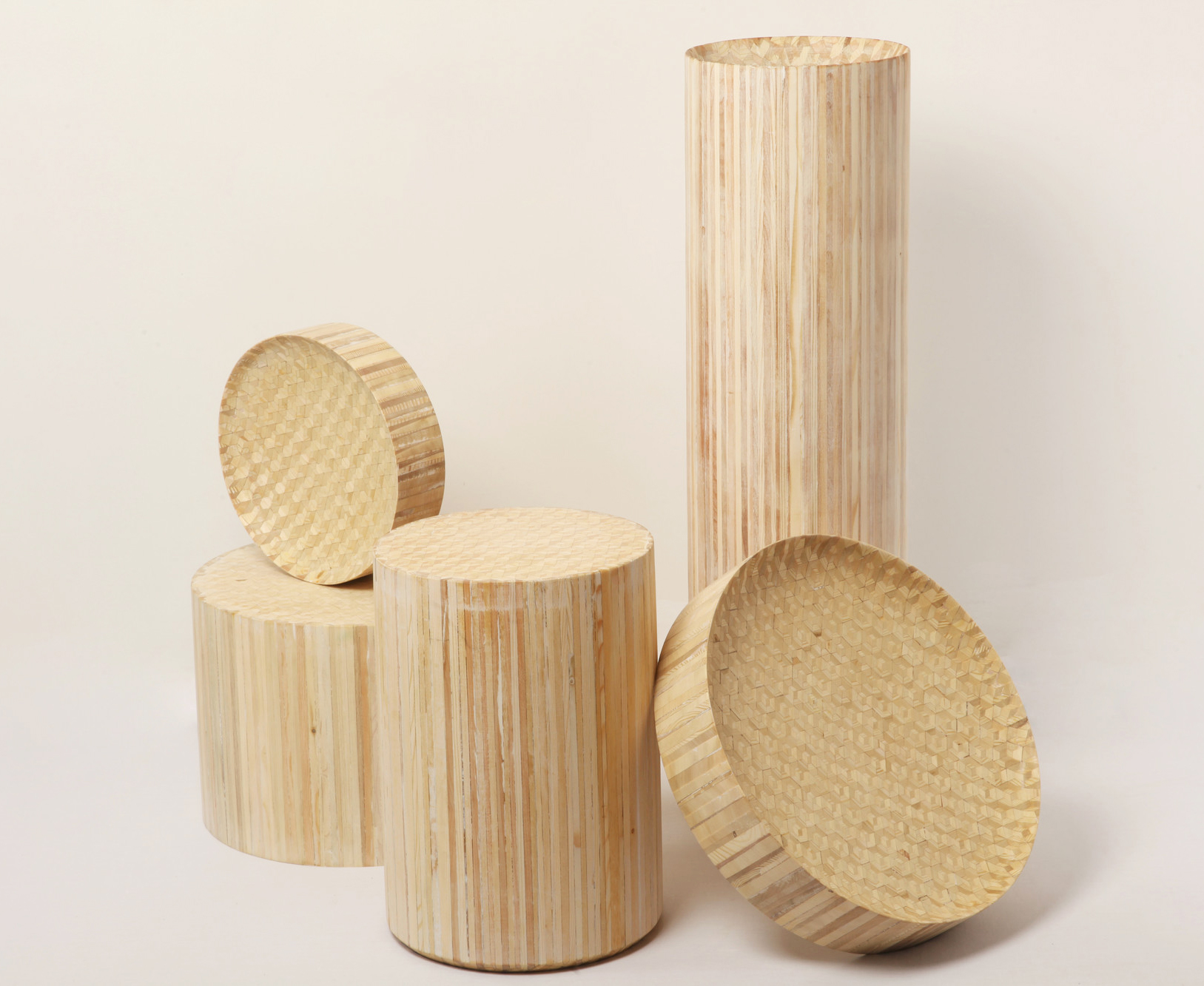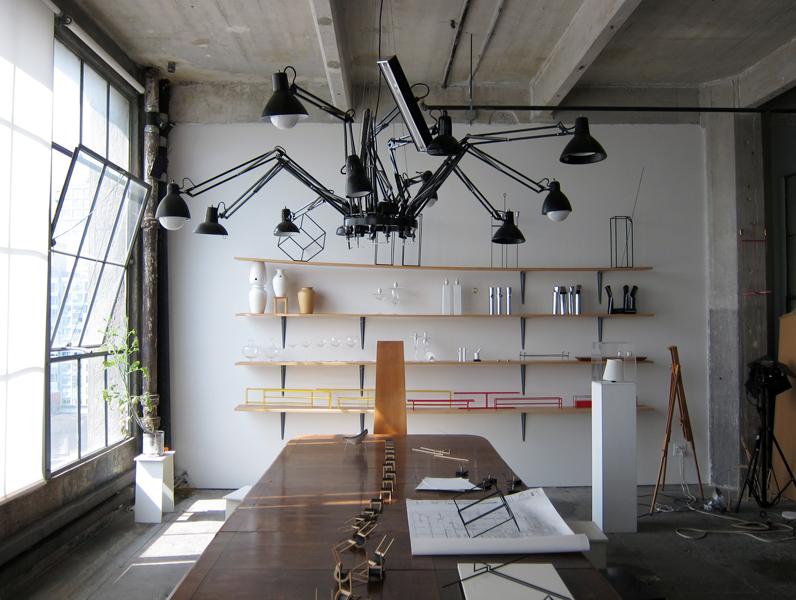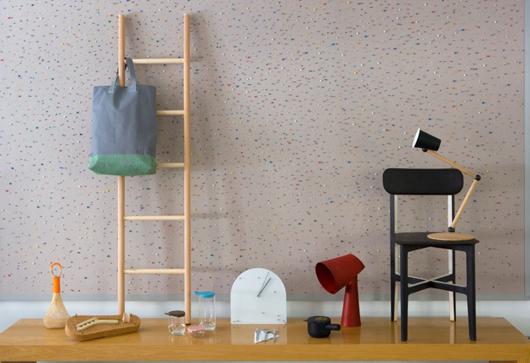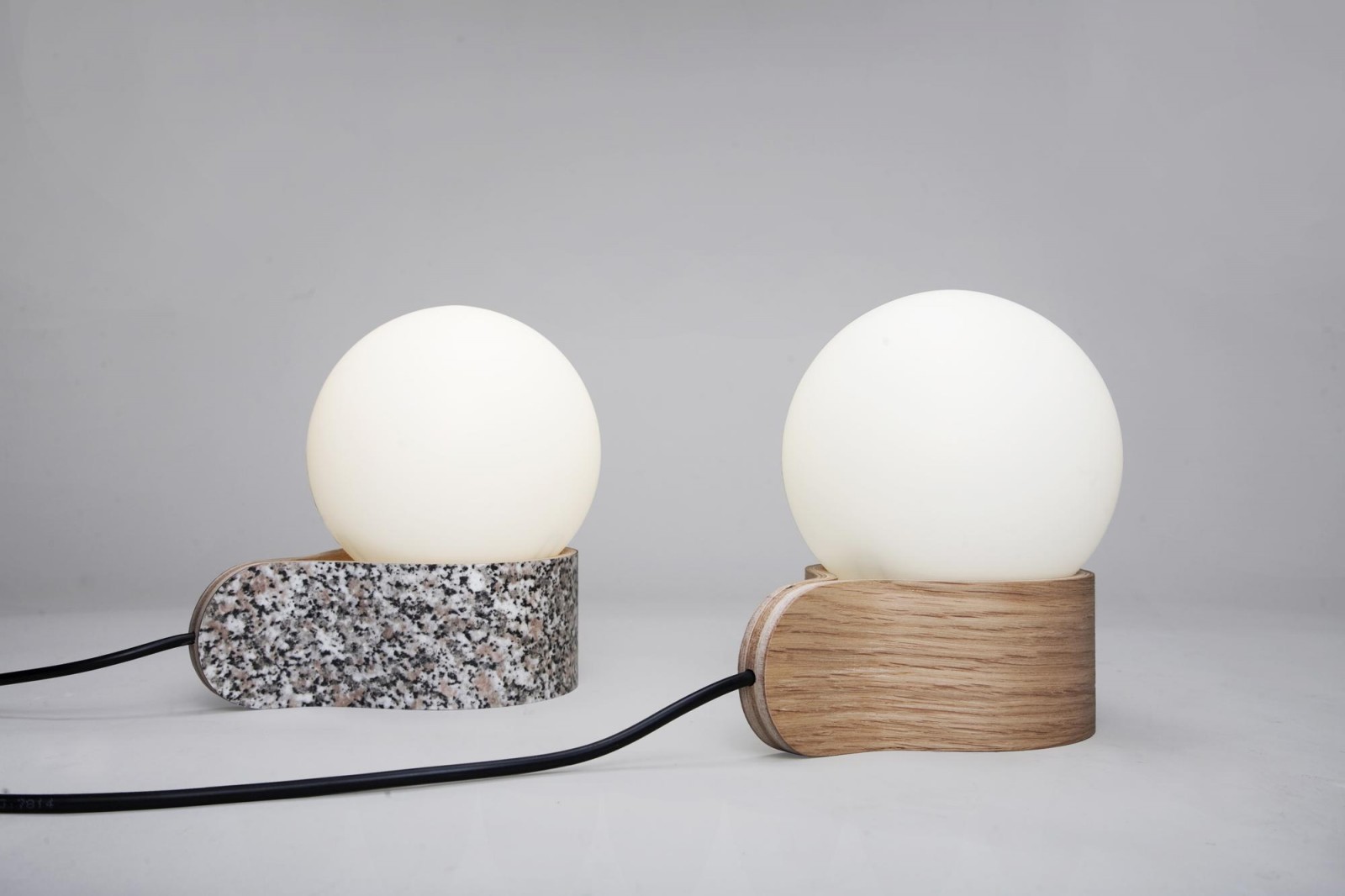
02.13.13
Up and Coming
Asaf Weinbroom, Lighting Designer
If Asaf Weinbroom had ended up a fashion designer, the way he intended from a young age growing up in Tel Aviv, it’s easy to envision what the hallmarks of his design might have been: unconventional draping, vintage buttons or clasps, and an obsession with transforming materials that would normally be considered pedestrian. After all, as a lighting designer — the path he chose after being rejected from a fashion program — his pieces have all followed a similar formula. “I begin to design from the inside out,” he says. “I’ll start with small details, joints, or mechanisms, and when those are done I decide which type of light it will be.” The lamps are often riffs on typical hard-angled task lights, but their novelty comes from their mix of high and low materials like wood, Corian, brass, Formica, copper, and glass as well as innovative hinging and joining mechanisms. In one light, two pieces of maple veneer are folded and buttoned together, the upper half lifting like the beak of a bird to allow more or less light. In another, Weinbroom takes the wood that would typically form the arm of a lamp, and the metal that would forms its joints, and reverses them, with thin copper tubes reaching out from wooden rounds machined on a lathe. The effect is both disorienting and pleasing to the eye. We recently caught up with the young designer.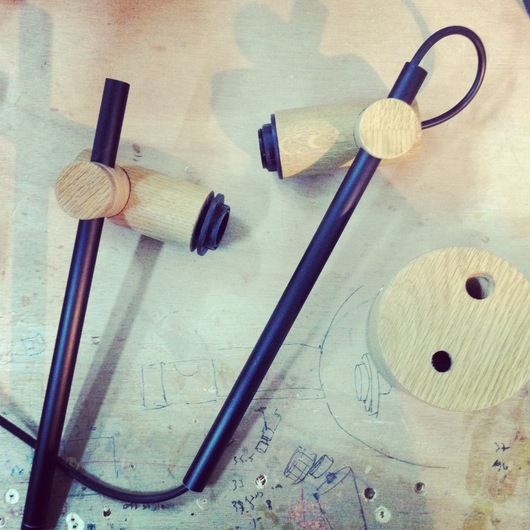

Describe your most recent project and how it was made.
“My most recent project was a series of lamps made from aluminum tubes with a black anodized coating. The lamps had turned metal lampshades and wooden details (both the joinery and the on/off switch). They were designed and handmade for a client’s home. The elements are dynamic and the light is adjustable, due to a unique hinging mechanism.”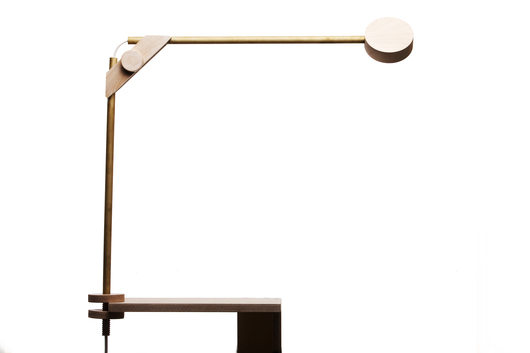

Describe your next project and how you’re currently making it.
“My next project is still in the sketching stage, but I’m designing a series of wooden furniture, mainly tables and chairs. These items will be exhibited in an Israeli design exhibition at the end of May. This will be my first time producing furniture. I’ll be using wood with brass, copper, leather and a new technique of wood lamination. The idea is to convey my aesthetic through the series in a way that relates to my lighting fixtures, by focusing on the details and the joints.”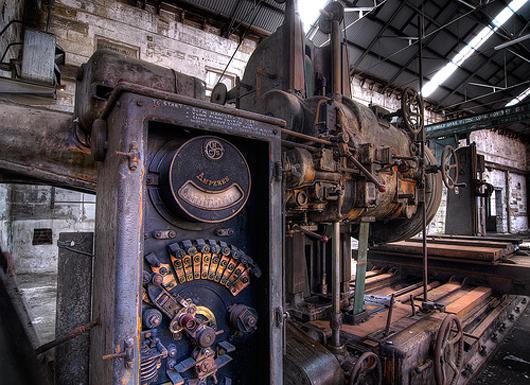
Tell us one thing that’s been inspiring you lately and why.
“I like to stare at old machines. They have lots of mechanisms and junctions that you can’t find anymore today; they’ve all disappeared with the advent of modern plastics. Other than that, there are a lot of fashion websites that highlight the interesting connection between fashion and industrial design. For my light fixtures, I often use buttons that are inspired by old coats.”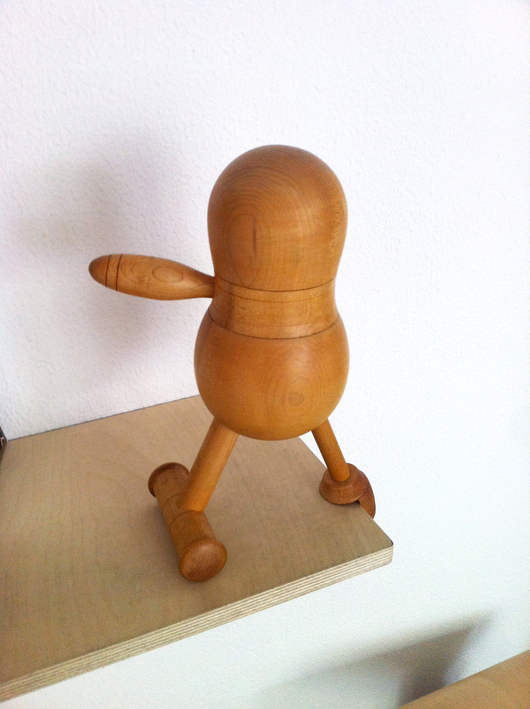
What’s your favorite piece you’ve ever designed?
“One of my favorite designs was a project I designed and produced in the fourth year of my industrial design degree at the Shenkar College for Engineering. I was inspired by the Shakers. I learned a lot from their works about function, clean lines, lathe work, and form. I created a wooden doll that attaches to a shelf and holds inside a hidden sewing kit. This project influenced my design aesthetics dearly — that’s when I discovered the lathe, and started to insert wooden screws in my designs.”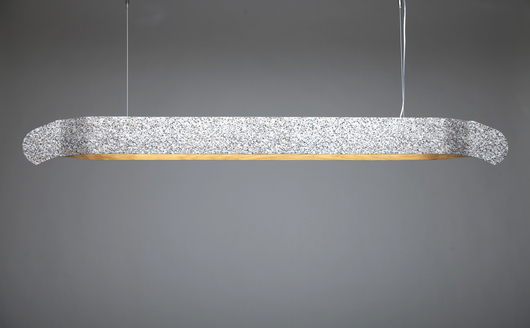
What can you tell us that we might not know about designing in Tel Aviv?
“I live in central Tel Aviv and my workshop is located in the southern part. The south is filled with workshops and material shops, but there aren’t a lot of factories and manufacturers and it would be hard to find professional craftsmen. This is the reason why an Israeli designer is usually forced to be the manufacturer of his designs as well. For me this is great, because I get the chance to study the materials and technologies I use in depth, and to perfect my craftsmanship. This couldn’t have happened otherwise. What the designer doesn’t know how to make, he improvises and that leads to very interesting results.”
